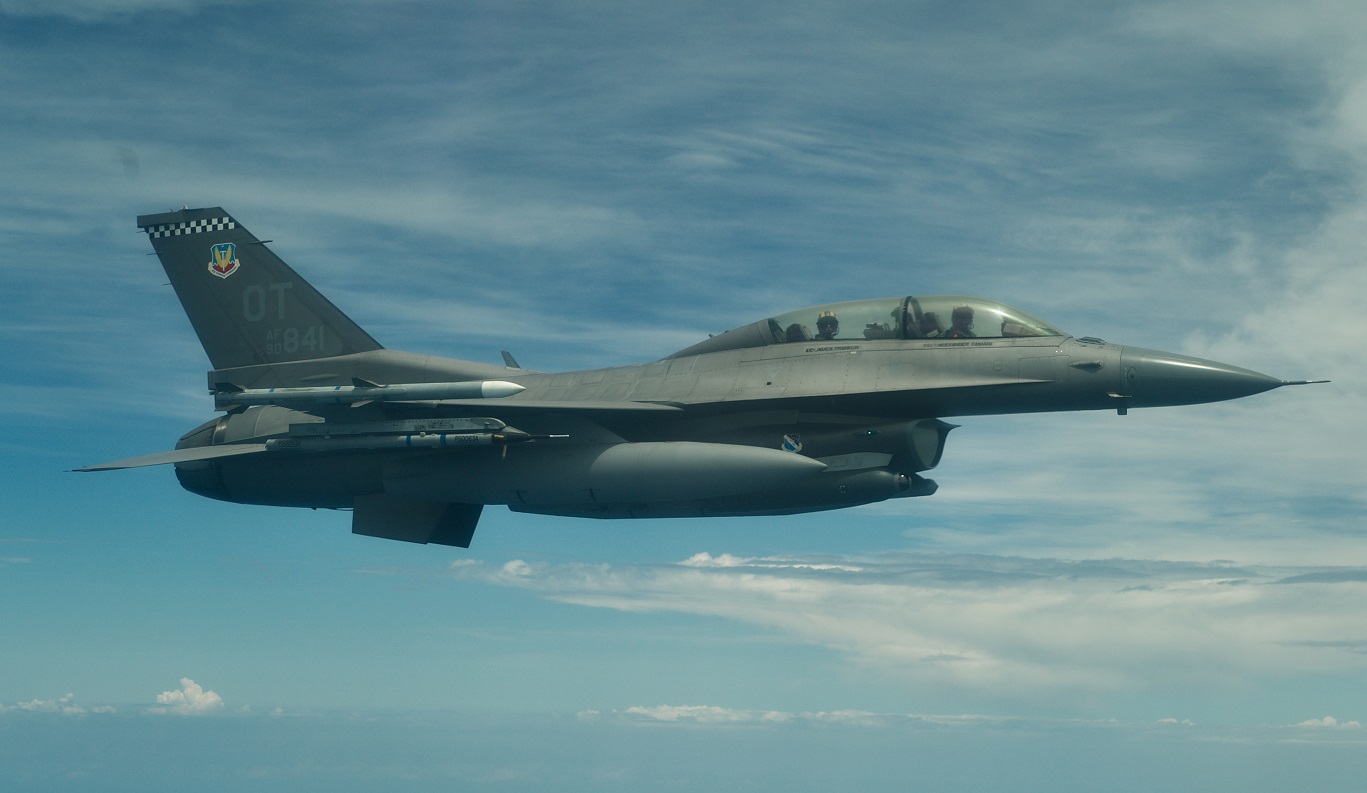U.S. Air Force F-16 flew its first-ever operational flight carrying new Legion Pod
Posted on
A U.S. Air Force F-16 Fighting Falcon fighter aircraft flew its first-ever operational flight carrying a new multi-function sensor system, according to Eglin Air Force Base Public Affairs 1st Lt. Savannah Bray.
On 13 July, an F-16 Fighting Falcon piloted by Lt. Col. Jeremy “Clutch” Castor, from the 85th Test and Evaluation Squadron, flew its first-ever operational flight carrying the Legion Pod that supports collaborative targeting operations in radar-denied environments.
Use of the Legion Pod and its IRST capabilities allows a pilot to have another sensor that integrates with the aircraft and builds a more complete picture of the battlespace. Because of its use of infrared, it provides the ability to identify, track, and shoot enemy aircraft in a RADAR jamming environment to include stealth aircraft that a traditional radar may not see.
“The men and women of the 84th TES continue to push the bounds of Developmental and Operational Test and Evaluation, advancing USAF and DoD (Department of Defense) objectives in leaps and bounds across the multi-domain warfighting spectrum,” said Lt. Col. Zachary Probst, Commander, 84th TES.
The Operational Flight Program Combined Test Force is known for its ability to significantly reduce the test timeline by integrating developmental and operational test from start to finish, requirements to fielding. This approach allows operational flight programs, and the hardware that integrates with them, like the Legion Pod, to be expeditiously fielded to the Combat Air Forces. The F-16 Legion Pod integration leveraged the previous achievements on the F-15C which reduced the test timeline on the F-16 from four years to only six months and saved the Air Force over $1 million in software design and integration costs, effectively “Bringing the Future Faster.”

Subscribe to our newsletter
Promotions, new products and sales. Directly to your inbox.
